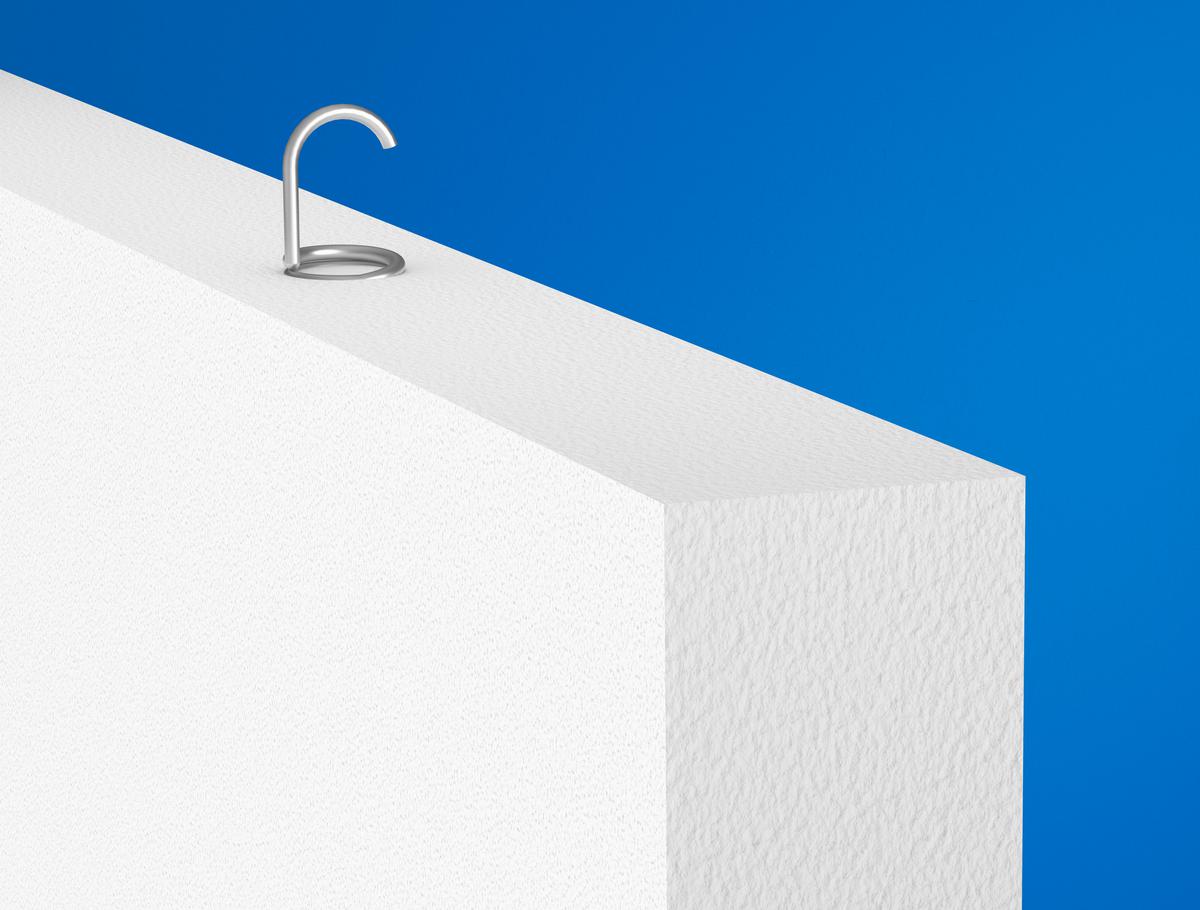
Reappointment: The percentage of patients you reappoint (same day) in your operatory for their next visit.
Ways to do more services per patient or production per visit: better assessment and treatment planning, improving how you communicate to patients to help them buy into treatment, fluoride, sealants, adjunctive services (laser, perio trays, whitening, etc.). Ways to see more patients: decrease cancellations/no-shows, effective scheduling templates, accelerated hygiene. You can increase your production by seeing more patients or doing more services per patient (production per visit). For example, if you make $45 an hour and work eight hours a day (not including lunch), you would need to produce $1,080 a day.  Hygienists should be able to produce at least three times what they are paid. The only way we can track how much care you’ve provided is by codes billed and the dollar amount for each of those. If we had a way to measure the decrease in inflammation or teeth saved, we would, but we are limited by the technology we use. Think of production as the amount of care provided to your patients. This represents the amount of money the office should be able to realize/collect. Net production: the number of dollars produced minus any insurance adjustments/write-offs.
Hygienists should be able to produce at least three times what they are paid. The only way we can track how much care you’ve provided is by codes billed and the dollar amount for each of those. If we had a way to measure the decrease in inflammation or teeth saved, we would, but we are limited by the technology we use. Think of production as the amount of care provided to your patients. This represents the amount of money the office should be able to realize/collect. Net production: the number of dollars produced minus any insurance adjustments/write-offs. Many people refer to gross production as “fake dollars” because if the office participates in-network with insurance, it’s impossible to actually collect or realize the full fee. Gross production: fee for services before any insurance adjustments/write-offs.Production: The amount of care you provide, in dollars.

Here's an explanation of some of the most critical ones. If you've read part 1, hopefully you feel a little more open to the idea that tracking metrics can be a positive experience.

Editor's note: This is part two of a series.







 0 kommentar(er)
0 kommentar(er)
